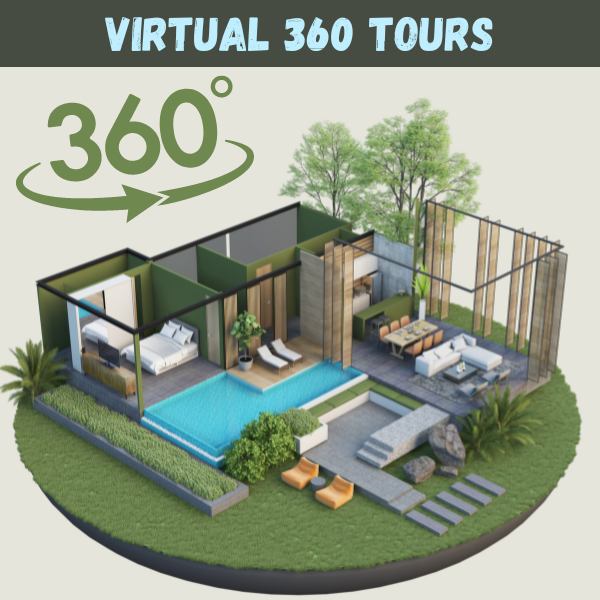 Creating a 360 virtual tour can be a great way to showcase a property, campus, event, or location to a wider audience. Not only does it allow people to explore and interact with the space in a more immersive way, but it can also be an effective tool for marketing and promotions. If you're interested in creating a 360 virtual tour, here's a step-by-step guide on how to get started:
Creating a 360 virtual tour can be a great way to showcase a property, campus, event, or location to a wider audience. Not only does it allow people to explore and interact with the space in a more immersive way, but it can also be an effective tool for marketing and promotions. If you're interested in creating a 360 virtual tour, here's a step-by-step guide on how to get started:
-
Determine your goals and target audience. Before you begin, it's important to consider what you want to achieve with your virtual tour and who you are trying to reach. This will help you determine the best approach and content for your tour.
-
Plan your route and shot list. Once you know what you want to include in your tour, it's time to plan out the route and shot list. Think about the best way to showcase the space and what views or angles you want to capture. You'll also want to consider the lighting and any other factors that may affect the quality of your images.
-
Choose your equipment. There are several options when it comes to capturing 360 images, including 360 cameras, DSLR cameras with fisheye lenses, and smartphone apps. Consider your budget and the quality of the images you want to achieve when selecting your equipment. There are a number of 360 degree cameras on the market and they're getting better all the time. Be carefeul to pick one that is suited to photography rather than video. For outdoor / elevated shots, some drones can also shoot 360 Panoramas.
-
Capture your images. Once you have your equipment and shot list ready, it's time to start capturing your images. Make sure to follow the recommended settings for your camera or app, and take multiple shots at each location to ensure you have a variety of options to choose from.
-
Edit and stitch your images. After you've captured all of your images, you'll need to edit and stitch them together to create a cohesive tour. There are a number of software options available for this step, including Adobe Photoshop and Autopano.
-
Add interactive elements. To make your virtual tour more engaging and interactive, you may want to consider adding elements such as hotspots, audio commentary, or information overlays.
-
Publish and promote your tour. Once your virtual tour is complete, it's time to publish it and promote it to your target audience. There are several platforms that allow you to create and host 360 virtual tours, such as Google Street View and Roundme. Be sure to share your tour on social media and other marketing channels to reach as many people as possible.
If all this seems a bit daunting, Enterprize Studios specialises in both virtual 360 tours and Video tours. Get in touch if you'd like to know more.


 A Registered Member
A Registered Member
 The Drone Association
The Drone Association

